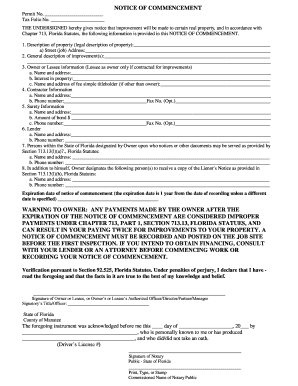Navigating the Realm of Real Estate: The Significance of a Legal Description
In the intricate tapestry of land ownership, a legal description serves as the cornerstone, providing an unambiguous delineation of a property’s boundaries and defining its unique identity within the vast realm of real estate. Beyond mere legal jargon, understanding how to obtain a legal description is a crucial skill for anyone navigating the complexities of property transactions, whether it be for purchasing a dream home, securing a commercial investment, or resolving boundary disputes.

Image: www.signnow.com
Uncovering the Legal Description: A Treasure Hunt for Land Boundaries
A legal description is not a mere address; it is a precise and detailed account of a property’s location and dimensions, often employing a combination of metes and bounds, surveys, and coordinates. While its language may seem enigmatic at first glance, deciphering the legal description is a rewarding pursuit, revealing the immutable boundaries of your property and safeguarding your ownership rights.
Acquiring a Legal Description: Charting a Course to Property Ownership
Obtaining a legal description can be achieved through various avenues, each presenting its own advantages and complexities.
1. Title Search: Embarking on a title search through a reputable title company unveils a comprehensive history of a property’s ownership, including a legal description. This approach not only provides the desired description but also illuminates potential encumbrances or liens associated with the property.
2. Property Deed: The legal description is an indispensable component of a property deed, the cornerstone document of ownership. If you have access to the deed, you can readily extract the legal description from its contents.
3. Tax Records: The local tax assessor’s office is a treasure trove of property information, including legal descriptions. By providing the property’s address or parcel number, you can obtain a copy of the tax record, which often contains the elusive legal description.
4. County Recorder’s Office: This repository of land records may also house legal descriptions, especially for older properties. Perusing the records for the specific property you are interested in could yield the desired description.
Unraveling the Labyrinth of Legal Descriptions: A Guide for the Curious
Understanding Metes and Bounds: This traditional method of describing property boundaries employs compass bearings and distances, weaving a tapestry of straight lines and angles that precisely define the property’s perimeter.
Plat Maps: Plat maps are graphical representations of land divisions, depicting the layout of properties within a specific subdivision. They can serve as visual aids, complementing the written legal description.
Coordinates: In modern practice, coordinates based on the Global Positioning System (GPS) are increasingly used to pinpoint the precise location of property corners. This method offers enhanced accuracy and clarity in boundary delineation.

Image: www.wikihow.com
How Do I Get A Legal Description Of A Property
Legal Descriptions: Emblems of Ownership and Serenity
A legal description is more than a mere collection of words; it is a testament to your rightful ownership, a beacon of clarity in a world of potential boundary disputes. By understanding how to obtain and interpret a legal description, you empower yourself as a knowledgeable landowner, safeguarding your property rights and ensuring peace of mind for generations to come.


/GettyImages-1303637-two-way-mirror-57126b585f9b588cc2ed8a7b-5b8ef296c9e77c0050809a9a.jpg?w=740&resize=740,414&ssl=1)


